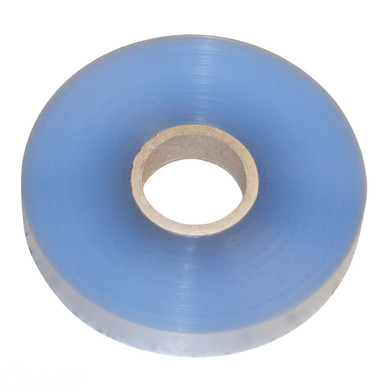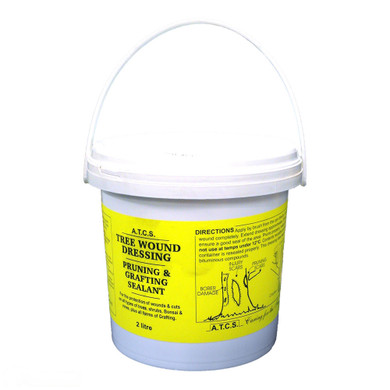Product details
ArtiTec Manual Grafting Tool 4T
The 4T Manual Grafting Machine is a pliers capable of carrying out 4 types of grafting: interlocking grafting, English Double-Split grafting (NEW BLADE), Omega grafting and Bud grafting. With a single grafting machine we can make all 4 cutting models as it has interchangeable blades, by simply unscrewing the two screws on the head you can mount the desired blade. There are 4 types of grafting in order to meet the various needs of plants that respond differently when they are cut, so you can work on fruit trees, vines, kiwis, flowers, etc ...
SNAP GRAP: The interlock is one of the oldest and still widely used today. It can be practised throughout the vegetative rest period of the plants but the best results are obtained by carrying out the grafting at the beginning of the rest period or, even better, before the spring recovery phase. In this way, the danger of winter cold is overcome, which considerably limits the chances of taking root.
ENGLISH DOUBLE SPLIT GRAFT: The English Double Split Graft is a type of graft born in viticulture but which then spread also in fruit growing and is suitable for all plant species. It has a high percentage of engraftment and minimizes the marks and wounds between the rootstock and the scion. This large contact surface is the reason for the high success rate of this type of graft. The difference between simple English split and double English split lies in the presence or absence of the intermediate cut which has a mechanical type function. This cut creates a joint that blocks the scion so it doesn't move. It is practised on young plants that have a diameter between 0.5 and 1.5 cm. The diameter of the rootstock and the scion must be as close as possible in order to completely match the bills.
OMEGA GRAFT: Omega grafting is particularly used in Vine and Rose plants which, once cut, have a noticeable outflow of sap. To facilitate the rooting of the blondes, we proceed with the Omega Graft which creates an eyelet-shaped cut that allows you to regulate the flow of lymph and allows good healing in the future. This type of grafting is particularly recommended at the beginning of the vegetative rest of the plants but it can also be practised in the spring recovery phase.
GEM COUPLING: The grafts on plants include eye or shield or bud proper, piece, flask, double shield, Mallorcan or "Chip budding" grafts, that is all those grafts in which the object is made up of a gem combined with a portion, more or less large, of bark, with or without wood under it. The epoch for this type of grafting can be both spring and late summer and therefore is distinguished in grafting with vegetating bud and grafting with dormant bud. A vegetative bud graft is defined as the one in which the bud, just taken root, sprouts and vegetates throughout the summer period, while the dormant bud graft is the one in which the bud takes root and sticks to the rootstock before winter, but budding occurs only in the following spring.
HOW TO USE: To carry out the grafting the procedure is very simple: a cut is made on the mother plant obtaining a male and a female, the male is eliminated. The scion is taken, and a cut is made as before, but this time the female is thrown away. All that remains is to join now the male and the female thus obtained by matching the two barks well. It is important that on the mother plant there is always the female because it is the host plant and that this is never smaller than the scion but larger or of the same size. In fact, even if the scion is smaller than the mother plant, it is sufficient to match the two parts on one side only so that the barks are aligned as the cambium part (i.e. where the sap exchange takes place) remains exactly under the bark itself. The last trick is to choose a scion of about 12 cm and check that it has at least 2/3 buds. It is also good to remember that, although the cut is very precise, the graft thus obtained must always be tied and finished because what we have done is in any case an open wound on the plant that must be healed. To do this there are a multitude of products on the market from paraffin to beeswax putty to heal, raffia and ribbons to tie.
Thanks to this tool you can perform grafts even on small plants or on young branches with great precision, it is not necessary to cut the whole plant with the advantage of being able to save it in case the grafting fails.
The plier is very resistant as it has a steel core and a glass-loaded nylon body, the only thing that wears out over time is the blade which, being interchangeable, can be purchased after the basic purchase.












